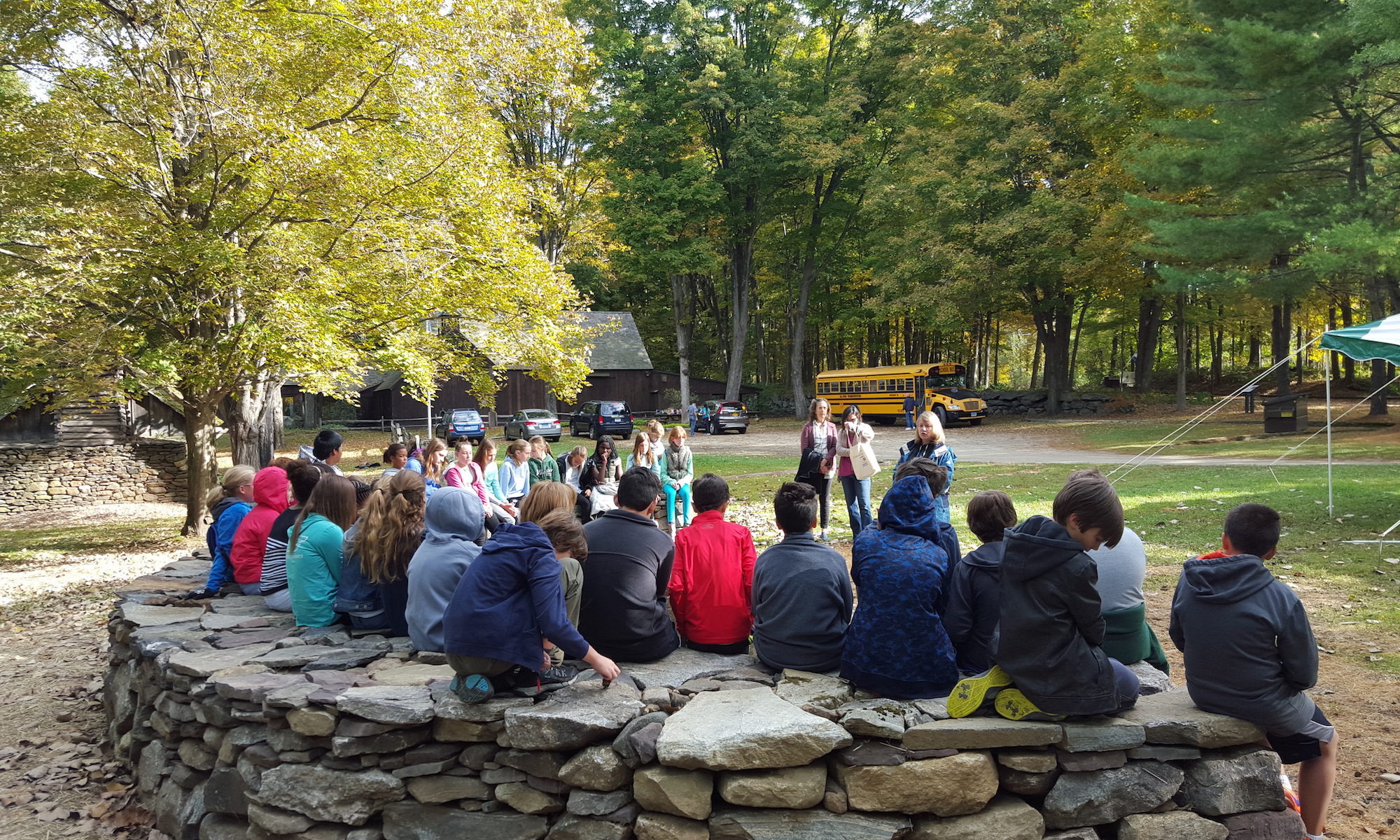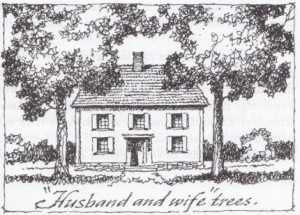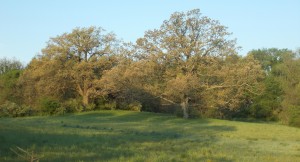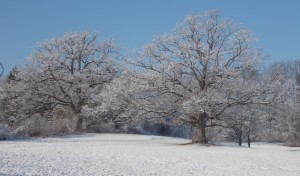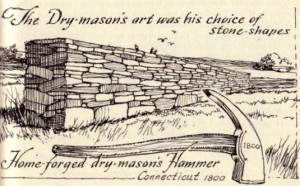Many “Sloaneiacs” justly identify The America of Eric Sloane: a Collector’s Bibliography by Dr. Dean L. Mawdsley as the source for information regarding works by Eric Sloane. Since initial publication in 1990, Dr. Mawdsley released at least one supplement (2003). Some Sloane aficionados I have spoken with have uncovered articles or contributions by Sloane not noted in Dr. Mawdsley’s book, which should neither come as a surprise to anyone familiar with the prodigious output of Mr. Sloane, nor should it be taken as a slight against Dr. Mawdsley’s impressive, important, and comprehensive work.
The Resources Blog here on the Friends of the Eric Sloane Museum website seems like a perfect place to begin to collect our discoveries. I’ll start with one I made last night, a discovery that prompted this new thread. On my bed stand is a copy of The Yankee Peddlers of Early America, by J.R. Dolan (1964, Bramhall House, Publishers). Anyone interested in early American history would find this an interesting and well-researched volume. What caught my attention was the appearance of two Eric Sloane illustrations on pages 89 and 94. Both Sloane illustrations are full page and both were originally created by Sloane for Our Vanishing Landscape. The drawing on page 89 is entitled “When Taverns where (sic) built to be taverns and looked like taverns….”, the second on page 94 is entitled “The Evolution of the Plank Road”. Both titles were given by Sloane and appear on the originals.
When you find additional ‘lost’ articles, illustrations, contributions, or pieces by or about Eric Sloane not covered in Mawdsley’s excellent book, please post them here.
– Jim
